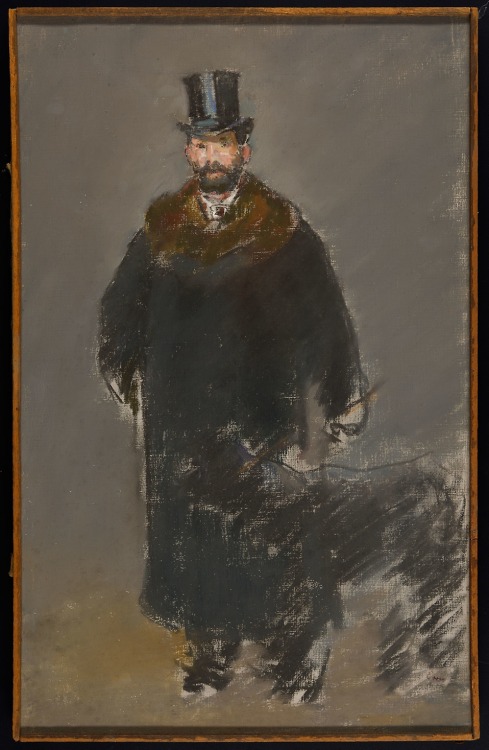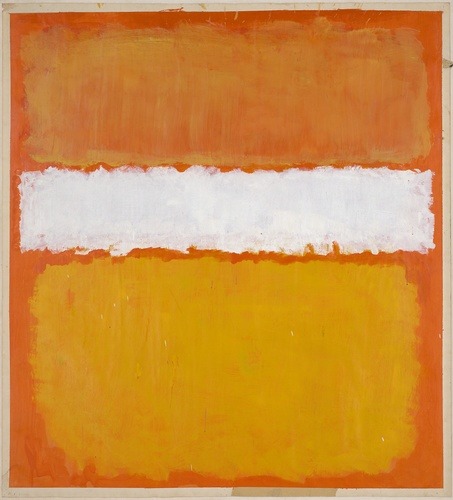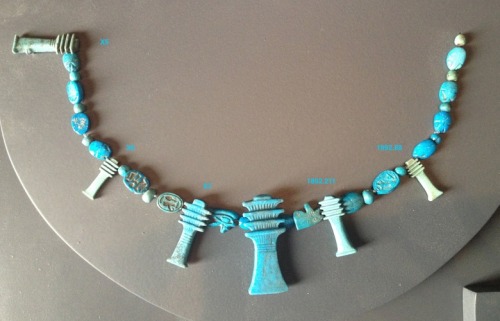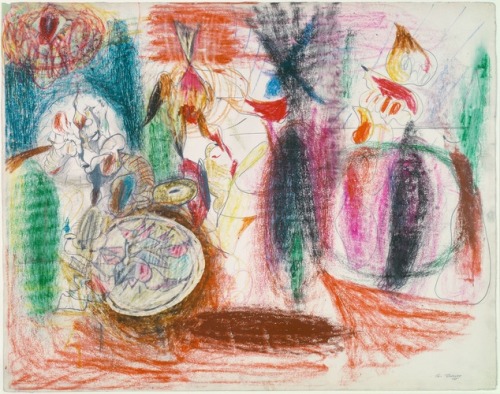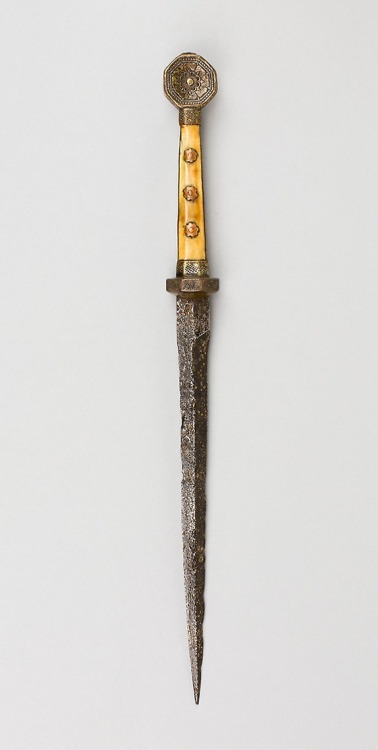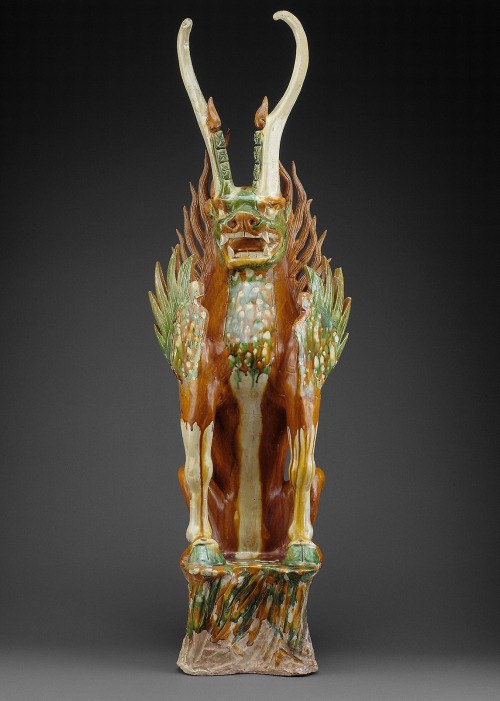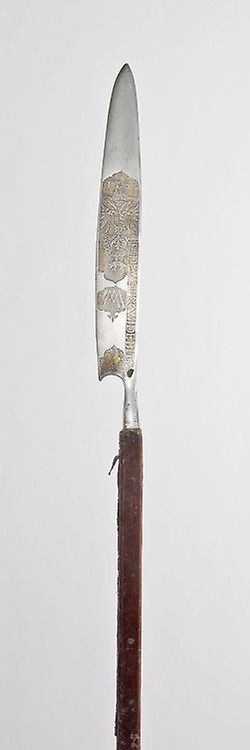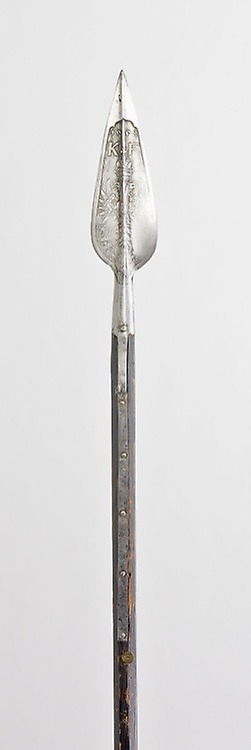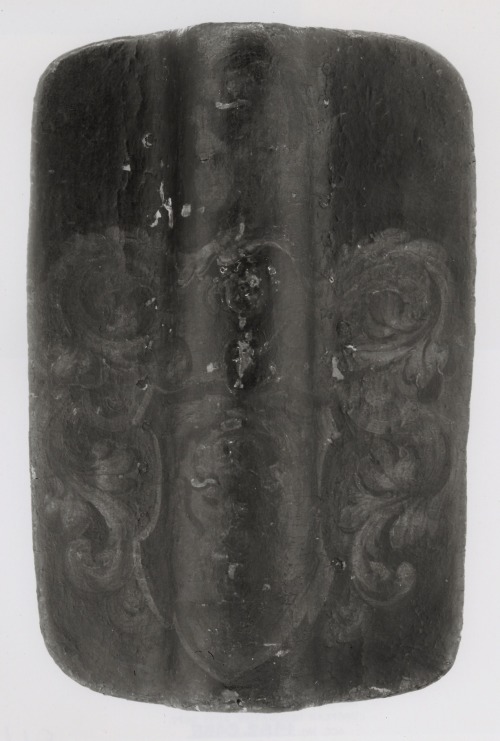#artinstituteofchicago
Tea and Coffee Service, John Crawford, 1818,Art Institute of Chicago: American Art
Gift of Antiquarian Society through Mrs. John S. Garvin in honor of her parents Mr. and Mrs. William M. Spencer
Size: Coffeepot: H.: 28.7 cm (11 ¼ in.); Teapot: H.: 26.7 cm (10 ½ in.); Milk pot: H.: 19.4 cm (7 5/8 in.); Sugar basin: H.: 24.7 cm (9 ¾ in.)
Medium: Silver
Post link
The Man with the Dog, Édouard Manet, 1877,Art Institute of Chicago: Prints and Drawings
Bequest of Brooks McCormick
Size: 550 × 350 mm
Medium: Pastel on canvas, prepared with an off-white gouache ground
Post link
Untitled, Mark Rothko, 1969,Art Institute of Chicago: Prints and Drawings
Gift of the Mark Rothko Foundation
Size: 1,167 x 1,062 mm (sight)
Medium: Acrylic on paper
https://www.artic.edu/artworks/105236/
Post link
Statuette of the Goddess Neith, Ancient Egyptian, -945,Art Institute of Chicago: Arts of Africa
Gift of Henry H. Getty, Charles L. Hutchinson, and Robert H. Fleming
Size: 23 × 9 × 4.5 cm (9 × 3 ½ × 1 ¼)
Medium: Bronze
Post link
Amulet of a Djed Column, Ancient Egyptian, -664,Art Institute of Chicago: Arts of Africa
Gift of Charles L. Hutchinson, Henry H. Getty, and Norman W. Harris
Size: 2.2 × 0.7 × 0.3 cm (0.88 × 0.28 × 0.11 in.)
Medium: Faience
Post link
Self-Portrait, Vincent van Gogh, 1887,Art Institute of Chicago: European Painting and Sculpture
In 1886 Vincent van Gogh left his native Holland and settled in Paris, where his beloved brother Theo was a dealer in paintings. Van Gogh created at least twenty-four self-portraits during his two-year stay in the energetic French capital. This early example is modest in size and was painted on prepared artist’s board rather than canvas. Its densely dabbed brushwork, which became a hallmark of Van Gogh’s style, reflects the artist’s response to Georges Seurat’s revolutionary pointillist technique in A Sunday on La Grande Jatte—1884. But what was for Seurat a method based on the cool objectivity of science became in Van Gogh’s hands an intense emotional language. The surface of the painting dances with particles of color—intense greens, blues, reds, and oranges. Dominating this dazzling array of staccato dots and dashes are the artist’s deep green eyes and the intensity of their gaze. “I prefer painting people’s eyes to cathedrals,” Van Gogh once wrote to Theo. “However solemn and imposing the latter may be—a human soul, be it that of a poor streetwalker, is more interesting to me.” From Paris, Van Gogh traveled to the southern town of Arles for fifteen months. At the time of his death, in 1890, he had actively pursued his art for only five years. Joseph Winterbotham Collection
Size: 41 × 32.5 cm (16 1/8 × 12 13/16 in.)
Medium: Oil on artist’s board, mounted on cradled panel
Post link
Sketchbook, Gustave Caillebotte, 1883,Art Institute of Chicago: Prints and Drawings
Margaret Day Blake Fund
Size: 114 × 195 mm (sheets); 125 × 203 × 15 mm (sketchbook)
Medium: Sketchbook containing 40 drawings: 30 in graphite, 7 in watercolor over graphite, and 3 in graphite and brush and gray wash, on 40 sheets of cream wove paper bound in brown cloth
https://www.artic.edu/artworks/208200/
Post link
Untitled, Arshile Gorky, 1943,Art Institute of Chicago: Prints and Drawings
In July 1943, Arshile Gorky vacationed in the foothills of the Appalachians, at the Virginia farm of his wife’s parents. There he devoted himself to drawing outdoors, developing a vocabulary of leaf, seed, and pod shapes from the lush mid-summer landscape. Drawn with obvious passion, this work, with its essentially joyous riot of color, provides little indication of the suffering and despair of Gorky’s last years, which eventually caused him to take his own life. Gift of the Joseph and Helen Regenstein Foundation, Peter B. Bensinger, Louis H. Silver, Joseph R. Shapiro, and the Ada Turnbull Hertle Fund
Size: 578 x 736 mm
Medium: Wax crayons and colored crayon and graphite with scraping and incising, on ivory wove paper
Post link
Dagger, 1600,Art Institute of Chicago: Arms, Armor, Medieval, and Renaissance
George F. Harding Collection
Size: L. 41.3 cm (16 ¼ in.) Blade L. 26.7 cm (10 ½ in.)
Medium: Steel
Post link
Feline-Headed Guardian Beast (Zhenmushou), 701,Art Institute of Chicago: Asian Art
Gift of Pauline Palmer Wood
Size: Height: 39 5/8 in.
Medium: Earthenware with three-color (sancai) lead glazes and traces of pigments
Post link
The Plough and the Song, Arshile Gorky, 1946,Art Institute of Chicago: Contemporary Art
Born in Turkish Armenia, Arshile Gorky immigrated to the United States in the 1920s and became an influential member of the New York art scene. Profoundly interested in avant-garde European art, he experimented with a variety of styles. Young artists working in New York were particularly stimulated by the European Surrealists, many of whom moved to the city before and during World War II and whose circle Gorky joined. The 1940s, especially the years 1944–47, marked the creation of his most important work, produced in a kind of stream of consciousness or “automatic” manner of painting. The Plough and the Song reflects the artist’s indebtedness to the lyrical Surrealism of Joan Miró, but the sketchy handling of paint, translucent color, and tumbling pile of shapes are hallmarks of Gorky’s mature work. A delicate contour line delineates the biomorphic forms in the center of the composition, in marked contrast to the loose brushwork that defines the background. The title signals Gorky’s nostalgia for his heritage, as the artist wrote in 1944: “You cannot imagine the fertility of forms that leap from our Armenian plows… . And the songs, our ancient songs of the Armenian people, our suffering people… . So many shapes, so many shapes and ideas, happily a secret treasure to which I have been entrusted the key.” Deeply earthbound and poetic, The Plough and the Song is at once a still life, a landscape, and a fantasy. Mr. and Mrs. Lewis L. Coburn Fund
Size: 134.2 × 155.7 cm (51 7/8 × 61 3/8 in.)
Medium: Oil on canvas
https://www.artic.edu/artworks/16964/
Post link
Appartement de 40 m2 pour une famille de huit personnes, Le Corbusier, 1938,Art Institute of Chicago: Architecture and Design
Architecture Society Fellows Fund
Size: 15 × 18.2 cm (6 × 7 in.)
Medium: Ink and crayon on paper
https://www.artic.edu/artworks/104042/
Post link
Abstract Composition, Le Corbusier, 1927,Art Institute of Chicago: Modern Art
Bequest from the estate of Hedwig B. Schniewind
Size: 16 1/8 × 10 ¾ in. (41 × 27.3 cm)
Medium: Oil on canvas
https://www.artic.edu/artworks/18830/
Post link
Le Moduleur de Ville Determine les Volumes Batis, Presentation Sketches, Le Corbusier, 1942,Art Institute of Chicago: Architecture and Design
Architecture Society Purchase Account
Size: 27 × 21 cm (10 5/8 × 8 5/16 in.)
Medium: Ink on paper
https://www.artic.edu/artworks/104388/
Post link
Plaque with Hope, 1160,Art Institute of Chicago: Arms, Armor, Medieval, and Renaissance
Kate S. Buckingham Endowment
Size: 5.4 × 5.4 cm (2 1/8 × 2 1/8 in.)
Medium: Gilt copper, champlevé enamel
https://www.artic.edu/artworks/46263/
Post link
Gauntlet for the Left Hand, Lucio Piccinino, 1565,Art Institute of Chicago: Arms, Armor, Medieval, and Renaissance
Intended purely for spectacle, parade armor represented the pinnacle of the armorer’s art. This fragmentary gauntlet for the right hand was part of such a harness. The workshop of Lucio Piccinino produced several similar commissions for various dukes and princes of the Habsburg court. The work of several craftsmen, this gauntlet merges the arts of armoring and goldsmithing. Here the technique of gold-and-silver overlay is combined with embossing—pushing the thin steel from both inside and out. With its riot of classical ornament, including grotesque figures, fruit garlands, and trophies of arms, the decoration reflects the prevailing artistic taste, known as Mannerism, at the end of the 16th century. George F. Harding Collection
Size: 16.5 × 14.6 × 19.7 cm (6 ½ × 5 ¾ × 7 ¾ in.) Wt. 11 oz.
Medium: Steel, gold, silver, and brass
https://www.artic.edu/artworks/116446/
Post link
Glaive for the Bodyguard of Emperor Maximilian II, Jörg Hopfer, 1564,Art Institute of Chicago: Arms, Armor, Medieval, and Renaissance
Pole arms (staff weapons) were used not only in warfare and hunting, but also in sporting combat and ceremonies. The term refers to a family of edged weapons attached to wooden staffs. With the exception of the lance, which remained the weapon of the mounted knight, all other staff weapons were wielded by men on foot by 1600. With the development of firearms and their introduction as infantry weapons, pole arms lost their importance on the field, and from the mid-16th century, they were reserved for use in sporting contests and by princely bodyguards for ceremony and parade. The blades lent themselves to embellishment—engraving, etching, or other forms of decoration—and provided a perfect surface for the coats of arms of noble or princely families. The ceremonial use of staff weapons continues to this day with the Swiss Guards at the Vatican and Britain’s Yeomen of the Royal Guard. George F. Harding Collection
Size: L. 215.9 cm (85 in.) Blade with socket L. 62.6 cm (24 5/8 in.) Wt. 5 lb. 4 oz.
Medium: Steel, iron, gilding, oak, and silk textile (velvet)
https://www.artic.edu/artworks/106511/
Post link
Wheellock from a Rifle, 1670,Art Institute of Chicago: Arms, Armor, Medieval, and Renaissance
George F. Harding Collection
Size: L. 33 cm (13 in.)
Medium: Steel
https://www.artic.edu/artworks/116779/
Post link
Spear for the Bodyguard of Emperor Ferdinand I, 1558,Art Institute of Chicago: Arms, Armor, Medieval, and Renaissance
George F. Harding Collection
Size: Blade L. 34.3 cm (13 ½ in.) Wt. 3 lb. 7 oz.
Medium: Steel, iron, and wood
https://www.artic.edu/artworks/106514/
Post link
Hand Pavise, 1450,Art Institute of Chicago: Arms, Armor, Medieval, and Renaissance
George F. Harding Collection
Size: 65.9 x 43.2 cm (26 x 17 in.) Wt. 10 lb. 7 oz.
Medium: Wood, canvas, leather, paint, and gesso
https://www.artic.edu/artworks/112051/
Post link


